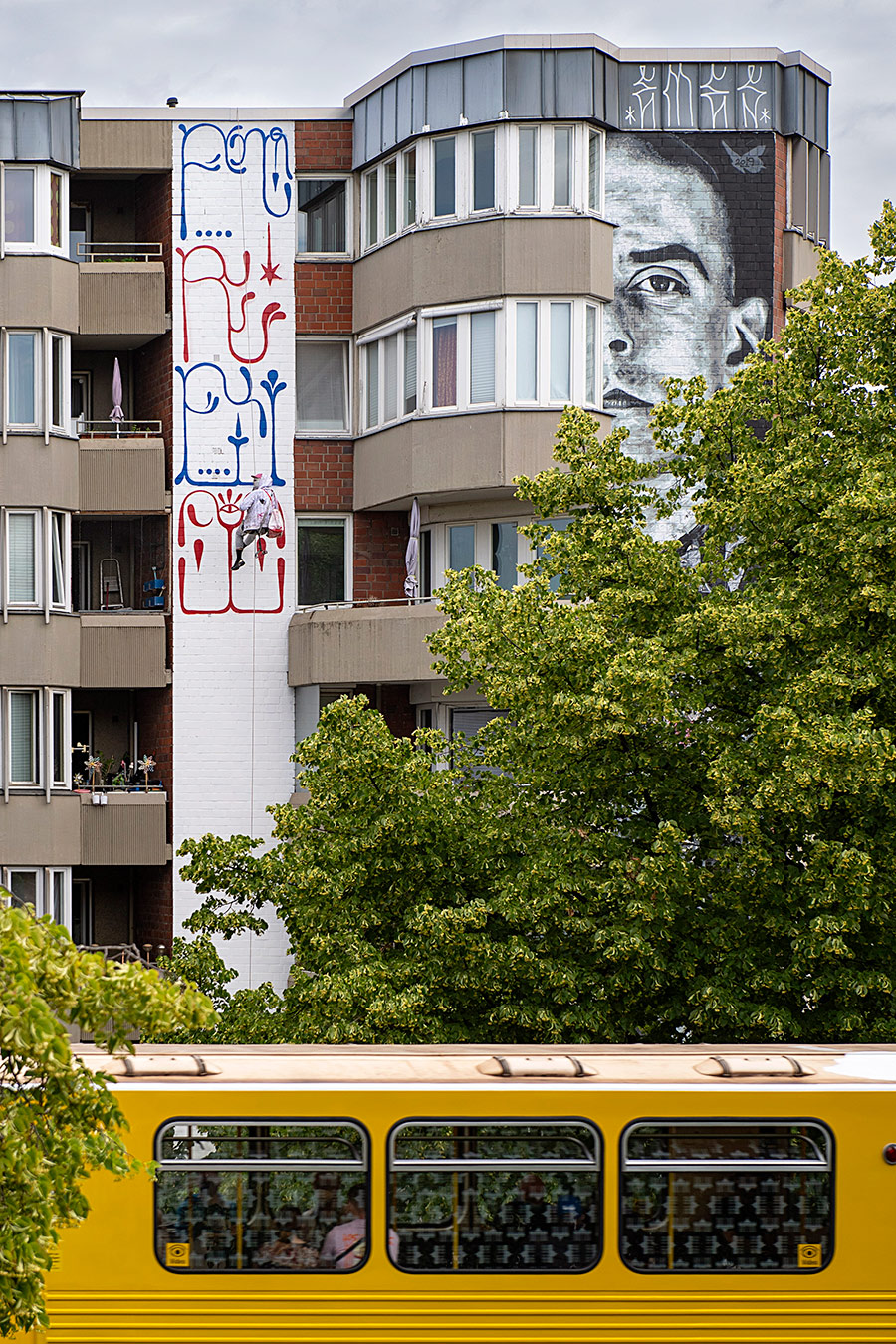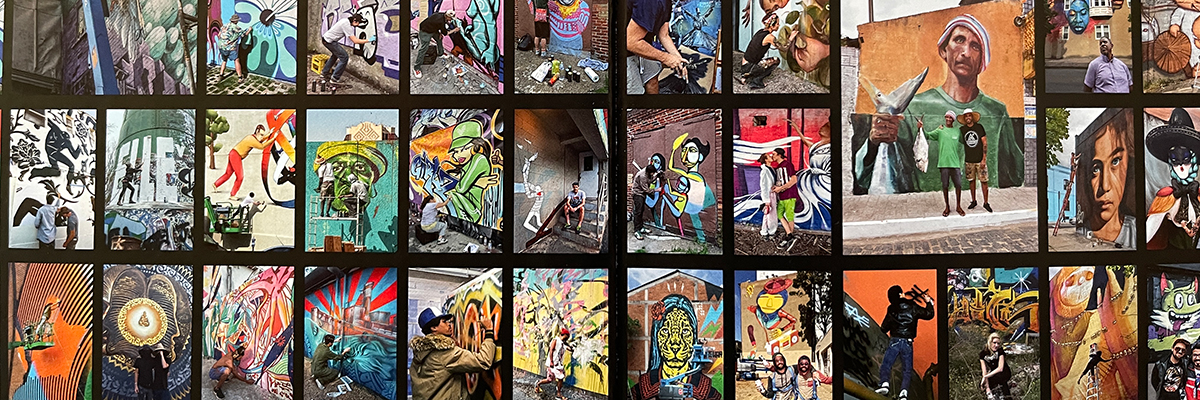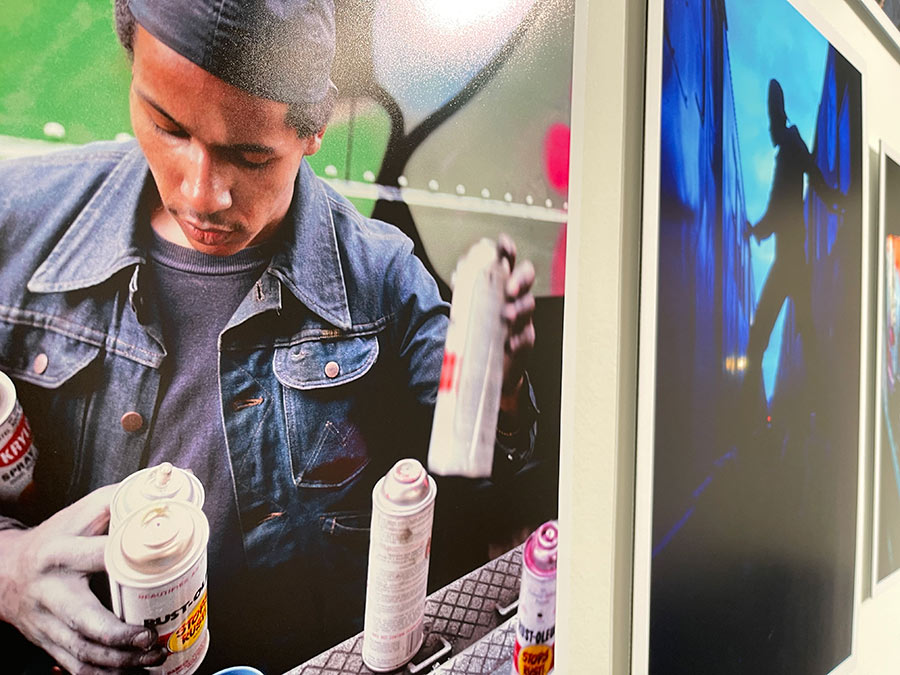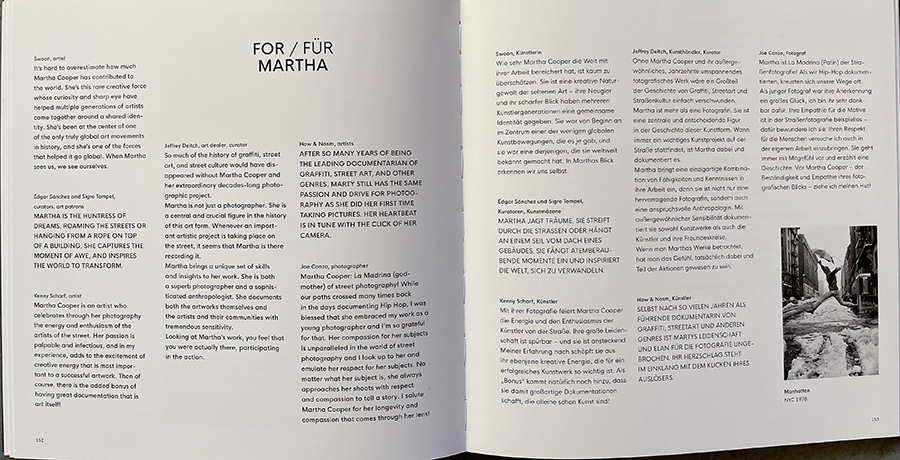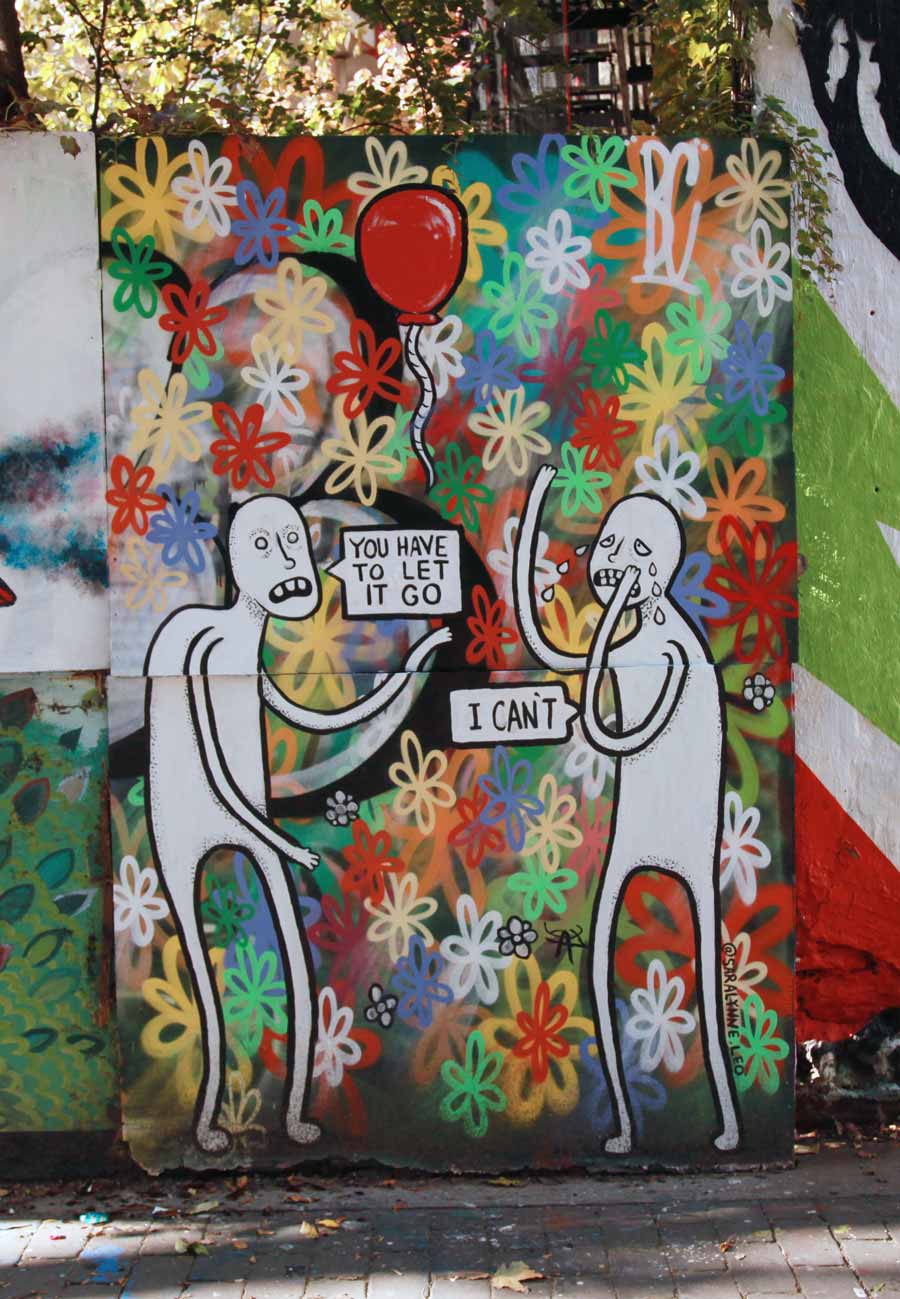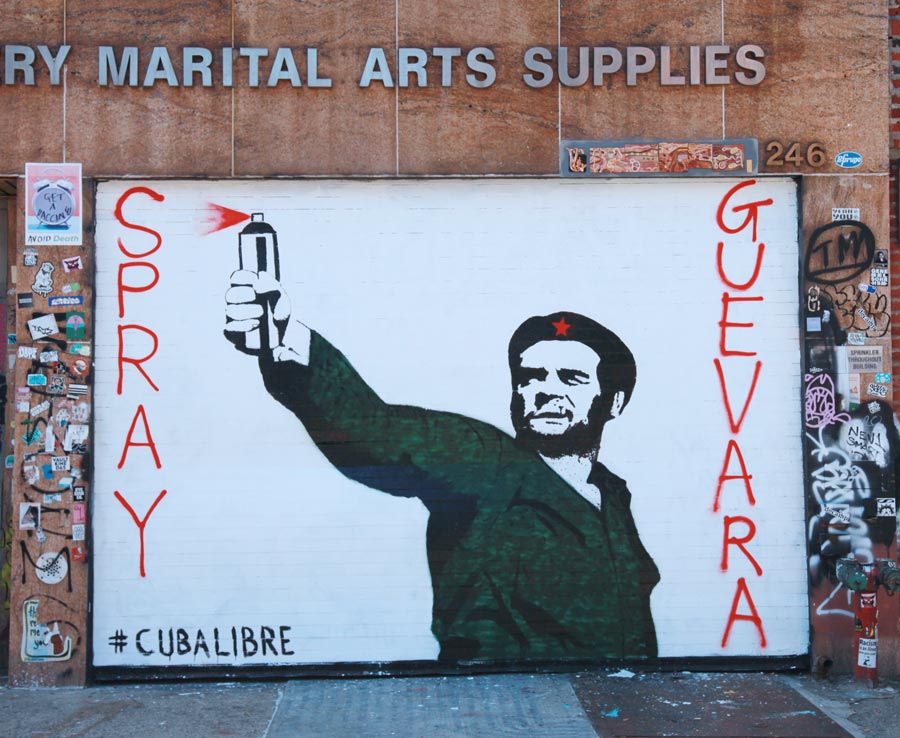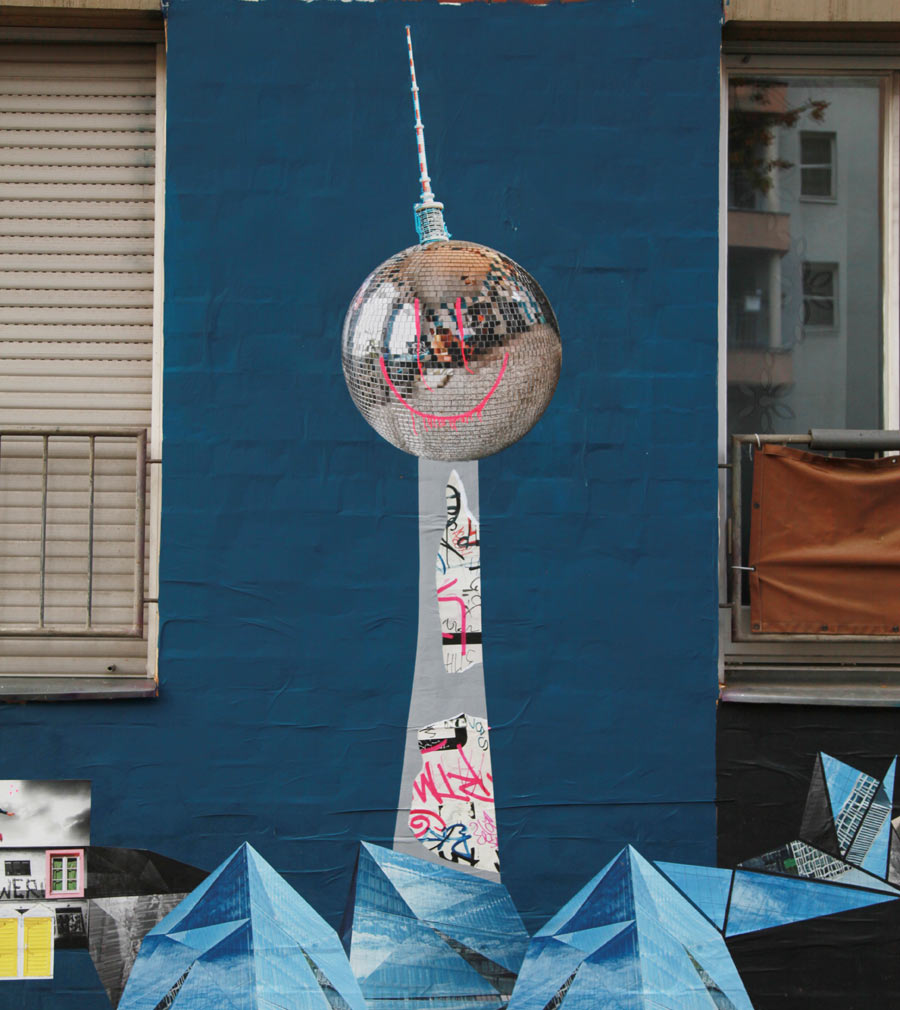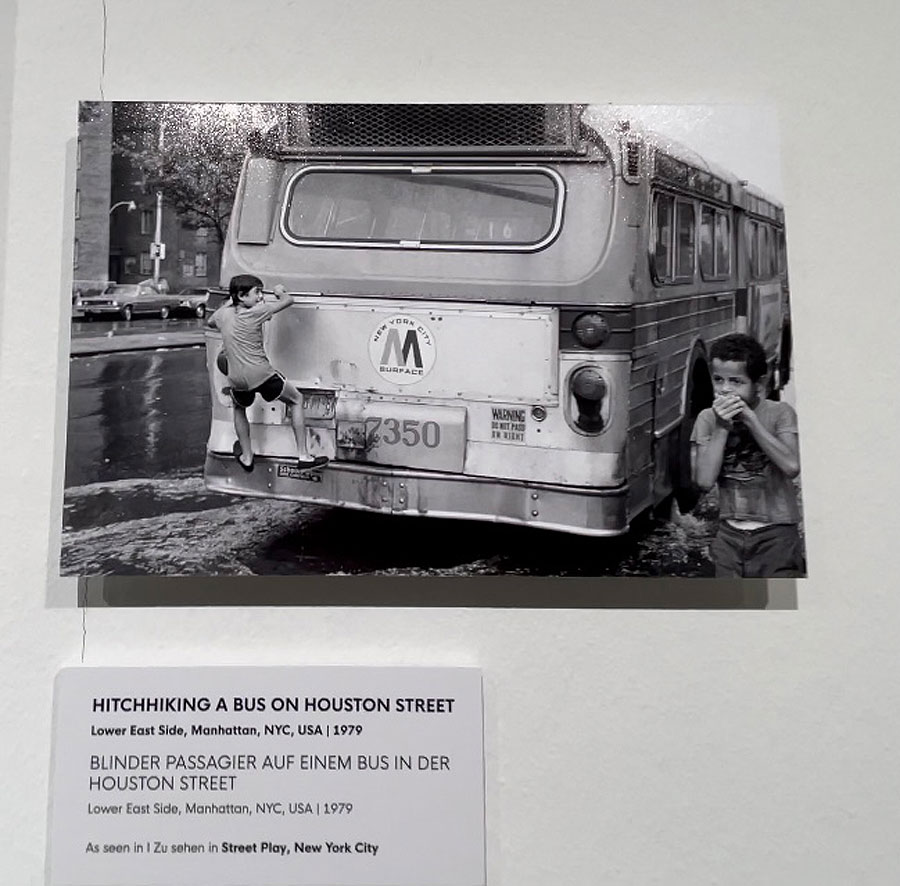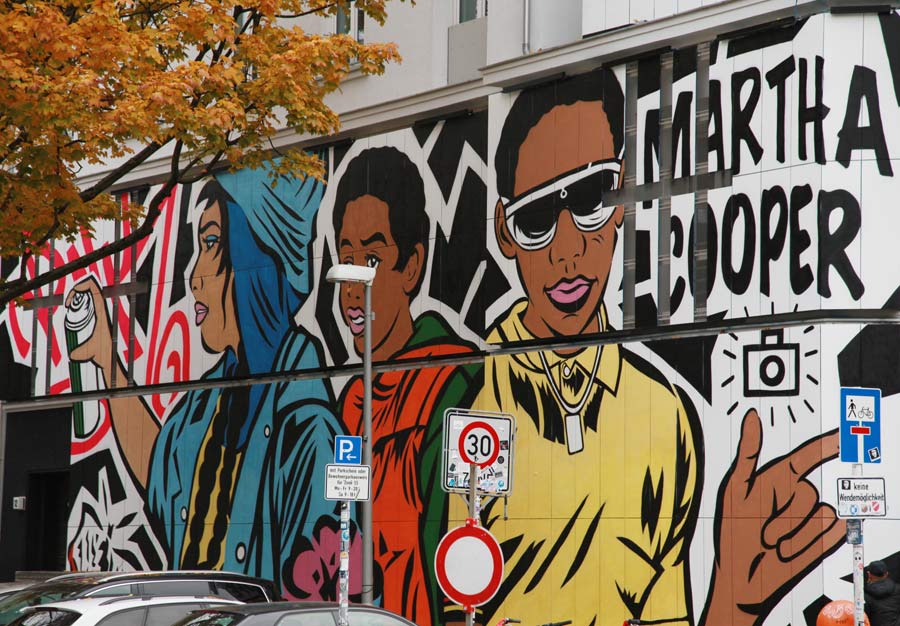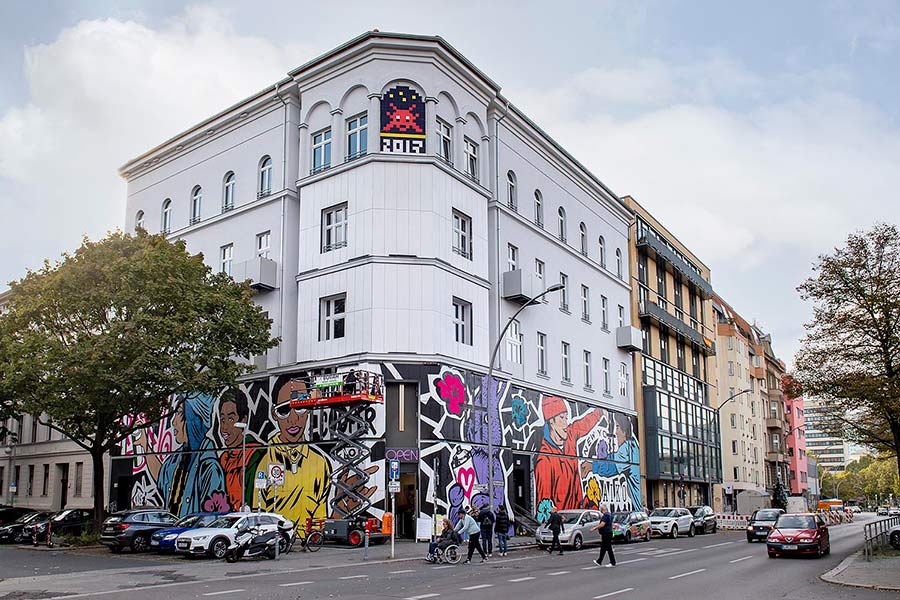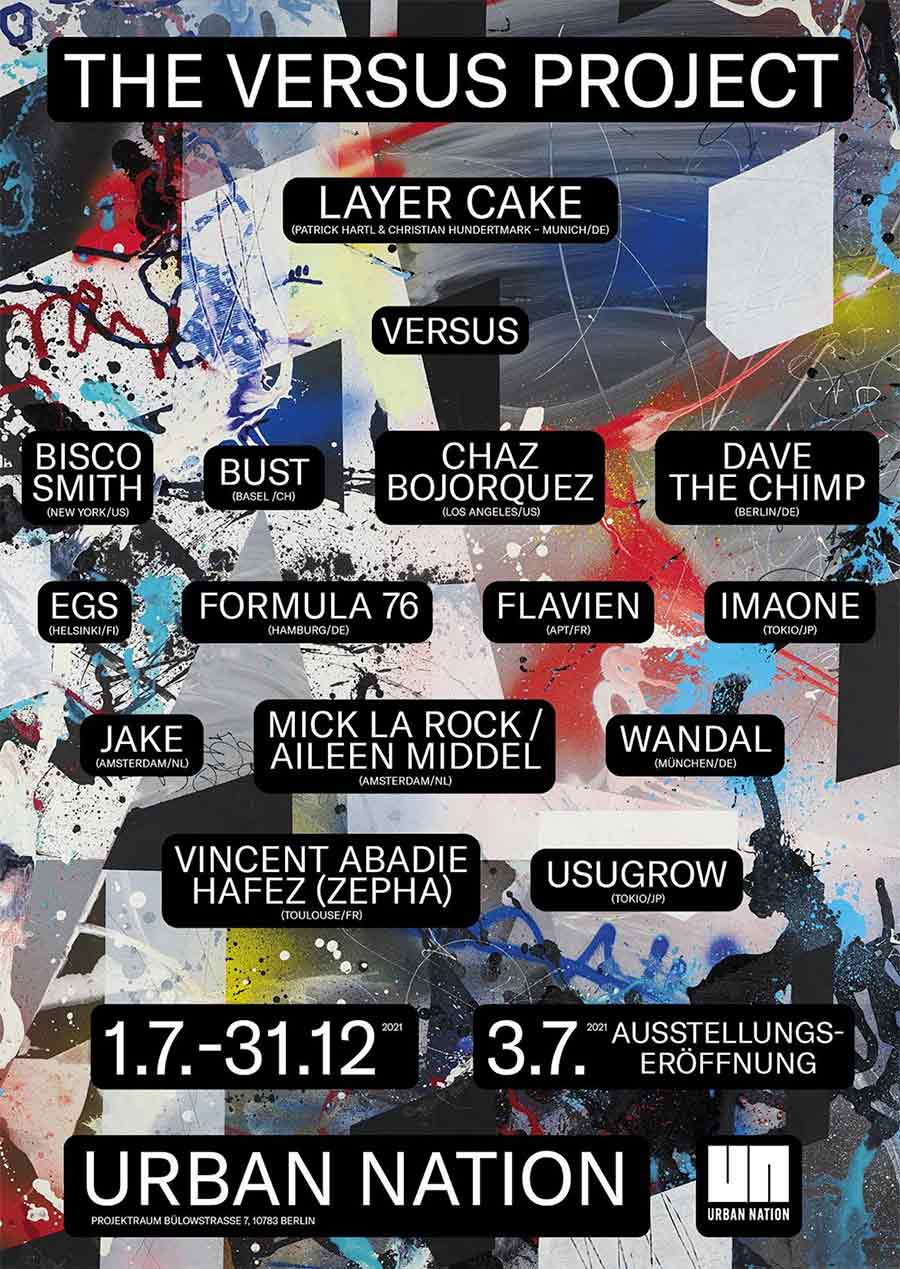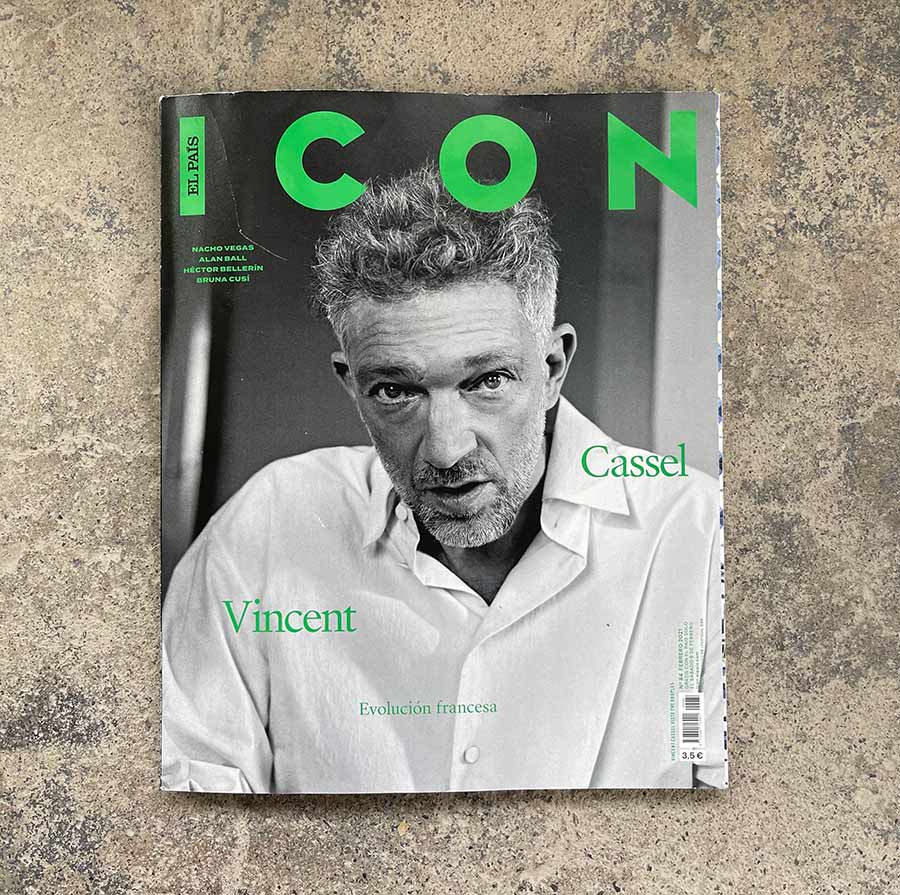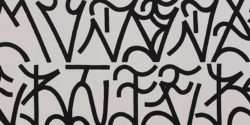
Our weekly focus on the moving image and art in the streets. And other oddities.
Now screening:
1. URBAN NATION 2022 – “Talking… & Other Banana Skins” – on FWTV
2. Flower Punk”- Azuma Makoto
3. JR: Can Art Change the World?

BSA Special Feature: URBAN NATION 2022 – “Talking… & Other Banana Skins” – on FWTV
In his first official visit back to Urban Nation since its opening in 2017, Fifth Wall host Doug Gillen finds a more democratic collection of artists from various points in the street art/urban art constellation. That impression is understandable due to the heavy presence of commercial interests involved in the selection of bankable street art stars and OGs chosen to represent five decades of graffiti/street art at the opening of a new institution dedicated to the scene. Curators were careful to program several relative unknowns and lesser-recognized artists into that initial grab-bag collection, but we take the point.
It’s refreshing to hear the current show’s curator Michelle Houston speak about her personal and professional philosophy toward street art and our collective relationship to it. A hybrid of the existing UN permanent collection and new works, it comes off as a rather wholistic approach that respects more players and their contribution to what has proven to be a very democratic grassroots art movement on streets around the world.
With decidedly less focus on the ever-more codified, commodified, and blue-chip-ivy-league-endorsed criterion of exclusivity that plagues the ‘art world’, this varied collection may represent a retaining wall against trends we witness that threaten to erect the same sort of structures of exclusivity that unbridled art-in-the-streets set out to destroy. Of course, every modern counterculture eventually gets transformed on its way to accepted culture, and we’re somewhat resigned to that reality. However rather than zapping the life out of the free-wheeling nature of graffiti and street art, Urban Nation may be staking a claim of departure from peers to defend some of those original tenets – in this insistently self-defining scene.
URBAN NATION 2022 – “Talking… & Other Banana Skins” – Exhibition Review | FWTV
“Flower Punk”- Azuma Makoto
And speaking of every modern counterculture that eventually gets transformed on its way to accepted culture, we present the Punk Florist, artist Azuma Makoto, who uses plants in a sculptural manner. It is a practice that he hopes can connect humanity and nature. It may help if you are listening to Dead Kennedys or Black Flag – or perhaps something more industrial, or no-wave. But when he and his team send a ragged bundle of beauty literally into space, all bets are off. It’s a new game.
JR: Can Art Change the World?
In yet another TED talk, JR speaks for himself.
 BROOKLYN STREET ART LOVES YOU MORE EVERY DAY
BROOKLYN STREET ART LOVES YOU MORE EVERY DAY




